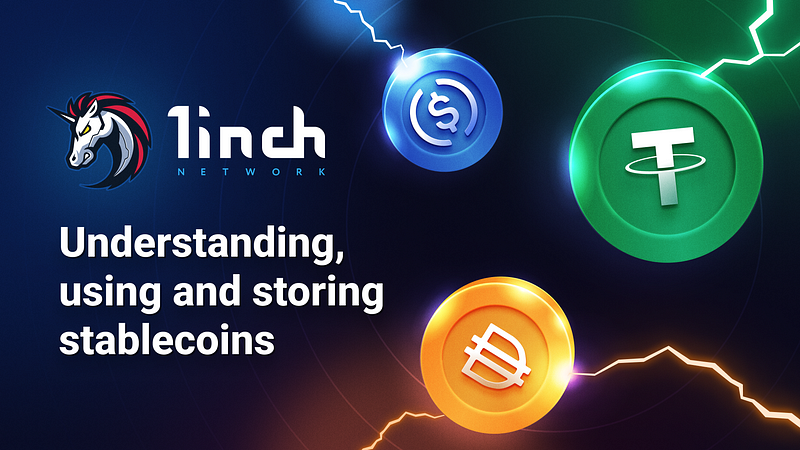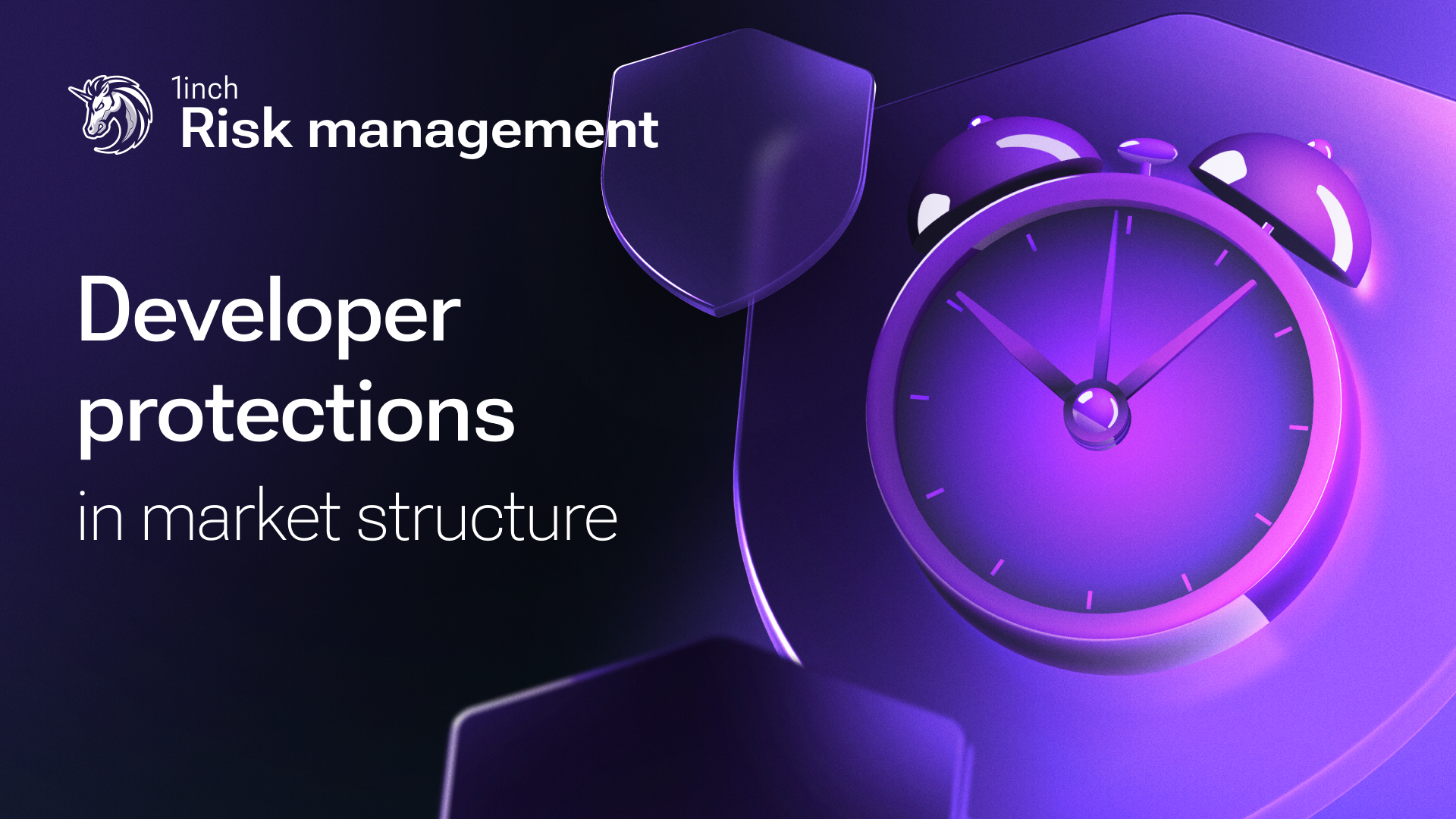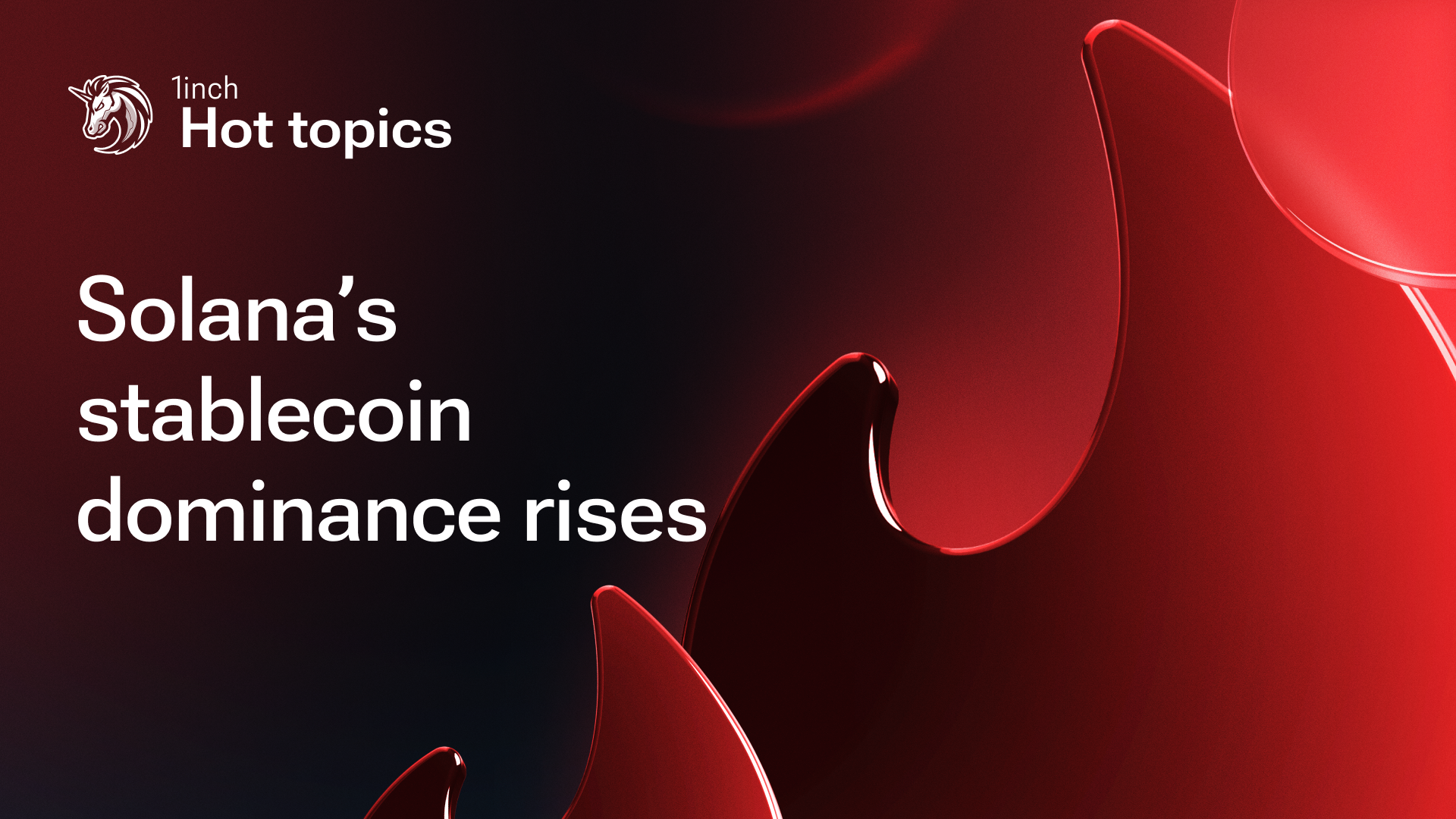Understanding, using and storing stablecoins

This post looks at stablecoins — tokens whose value is pegged to that of real-world assets, such as fiat currencies.
Cryptocurrencies, such as BTC or ETH, are notorious for their high volatility. To address the volatility issue, a new type of cryptocurrency was invented a few years ago, whose value is pegged to real-world assets and, most often, specifically, to the US dollar. These coins are expected to be much more stable — hence the name stablecoins.
In many types of payments, settlements and exchanges, stablecoins, pegged at one-to-one to a matching fiat currency, come in very handy meaning that as such one stablecoin is always equal in value to one reserved asset like the US dollar.
Centralized stablecoins involve fiat reserves.
Among centralized stablecoins, there are multiple major tokens: Tether (USDT), USD Coin (USDC), Binance USD (BUSD), True USD (TUSD), Paxos Standard (PAX) and others.
To maintain their one-to-one peg with a fiat currency, stablecoins rely on their reserves in U.S. dollars or other fiat currency and currency-equivalent assets in order to exchange all issued coins for fiat in case of emergency.
An example of two popular stablecoins can help to better understand their essence.
Tether (USDT) is backed with a redemption facility of over $70 bln in collateral against which it can redeem US dollars. The major part of that collateral is in short-dated US Treasuries. Other parts of backing are split between commercial papers, like bank deposits, digital assets and other investments.
The arbitrage mechanism helps the token price remain tied to the $1 size despite periodic bid/offer imbalances. That mechanism enables market participants to convert 1 USDT to $1 and vice versa. For example, if 1 USDT suddenly drops to $0.99, an arbitrageur can buy it at that “undervalued” price and redeem it directly to Tether for $1. Conversely, if USDT is priced at $1.01, new tokens can be created for $1 and sold at a higher price.
USDC, another widely used stablecoin, was launched by Circle and is governed by the Centre consortium founded by Circle with representatives of the Coinbase crypto exchange. The total volume of USDC in circulation has always been behind that of USDT, but this gap is gradually closing. According to Coinmarketcap, USDT’s supply is about 68 bln and that of USDC 50 bln.
USDC is backed by cash and Treasury Bills, just like USDT, and is using the same arbitrage flow, a stabilizing mechanism that has been proved efficient so far.
Reserves backing USDT and USDC are audited from time to time. BUSD, TUSD and GUSD are also collateralized off-chain and claim to conduct regular audits or accounting firms’ reports.
This does not mean that centralized stablecoins are not subject to any risks. After all, a completely risk-free currency does not yet exist. Centralization has both strengths and weaknesses. If something goes wrong with the issuer itself or its counterparty, the stablecoin might have a strong impact. As for regulations and sanctions, Circle is regulated under U.S. state law, while Tether’s Hong Kong-based issuer is not. But it also considers Treasury sanctions as part of its program, as do many other centralized stablecoins issuers.
Decentralized stablecoins hold crypto assets in collateral.
Decentralized stablecoins are not entirely controlled by any third party and feature transparent collateral because the funds are held on the blockchain. In addition, they are non-custodial.
Decentralized stablecoins can also be divided between crypto-collateralized and algorithmic.
Crypto-collateralized stablecoins
DAI, the best known decentralized stablecoin, does not formally have any controlling legal entity. It is managed by MakerDAO, a decentralized digital organization where MKR token holders vote when making decisions regarding the stablecoin. DAI can serve as the best example of a crypto-collateralized stablecoin type.
DAI’s value maintenance mechanism differs completely from those of centralized stablecoins.
Every DAI is valued at $1 “borrowed” in exchange for a deposit in cryptocurrency. Its crypto collateral is locked in smart contracts right on the blockchain at the current market value significantly exceeding $1. If DAI’s market price goes much lower than $1, the MakerDAO participants can vote to raise the interest on DAI loans, which is called the Stability Fee.
At the moment, DAI is over-collateralized by various cryptocurrencies, containing the largest part in USDC, followed by ETH, WBTC, USDP and other coins.
To avoid a situation when the crypto collateral’s declining value would become insufficient to ensure the DAI’s $1 peg, DAI smart contracts allow for a quick sale of the collateral. This mechanism is called liquidation and is performed by keepers, auctioning the collateral for enough DAI to repay the loan.
The risks are that the stablecoin is mostly collateralized by other stablecoins, so any issues with the stability of USDC can affect DAI. Also, the lack of a risk-free arbitrage mechanism can sometimes slow the DAI’s market price’s return to $1.
Algorithmic stablecoins
Algorithmic stablecoins try to keep their peg to a certain fiat currency by pre-programming supply to match asset demand. An algo stablecoin’s protocol issues new coins in the event of a dramatic price rise and buys them off the market with a price drop. The most famous algorithmic stablecoin is probably Terra USD (UST), as the Terra/Luna collapse is widely believed to contribute to the market’s recent turn into a bearish cycle. That fiasco exposed the vulnerability of the mechanism used by algorithmic stablecoins and revealed the risks associated with these non-collateralized assets. Apart from UST, there are some other better examples of algorithmic stablecoins, like FRAX, Ampleforth or ESD.
Advantages of swapping and storing stablecoins in the 1inch Wallet
Just like other crypto-assets, stablecoins are stored in a cryptocurrency wallet. To store stablecoins, they must first be purchased, which can be a bit of a challenge when using a scheme involving buying them for fiat currency on a centralized exchange and then transferring them into a wallet. The 1inch Wallet has made it all easy by enabling users to buy stablecoins and other cryptocurrencies right in the wallet for fiat using a bank card.
When it comes to exchanging, users can find all the market offers under one roof, as the 1inch Wallet has a built-in aggregator scanning numerous decentralized exchanges and offering swaps at the best rate and with the smartest routes.
Many popular stablecoins live on multiple networks. For example, USDT runs on 11 chains and USDC on eight. The 1inch Wallet supports 10 of the most popular networks, allowing users to exchange, send and receive almost any stablecoin they want.
As for storing, the 1inch Wallet offers the highest security. It is a non-custodial wallet, so unlike custodial ones, private keys, pass phrases and assets are kept only by users and not by third parties. Since safety is the 1inch Wallet priority, it offers a number of additional security measures, leaving hackers no chance to break into users’ private wallets. All security features, making the wallet one of the safest places to store cryptocurrency on the market, are listed in this article.
You can enjoy handling your stablecoins using the 1inch Wallet, which is available for both iOS and Android, by installing it here.




























